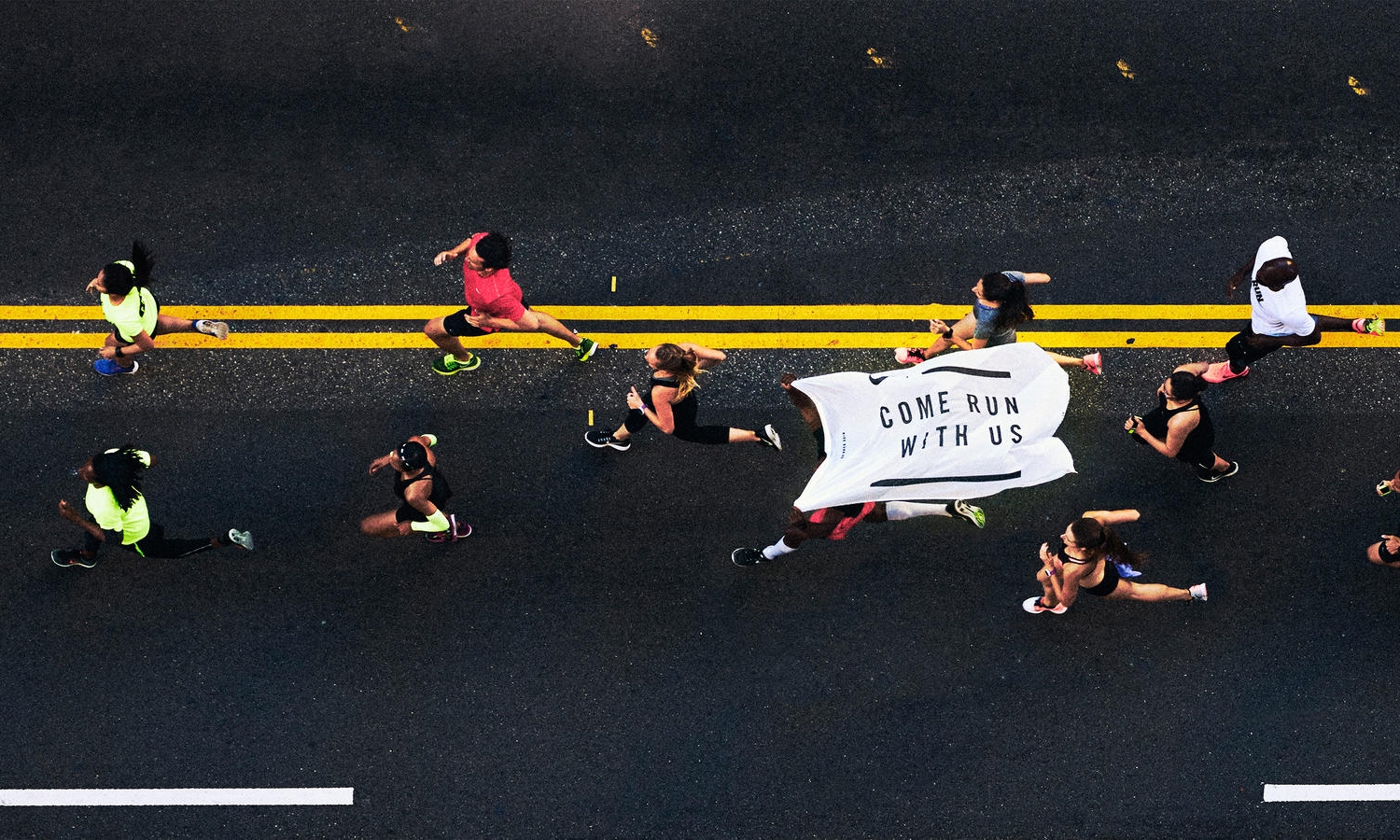HOW GLOBAL BRANDS ARE THINKING LOCAL
©Nike Running Club
Today’s world is unmistakably and increasingly interconnected, as growing Internet access, travel and trade accelerate the integration of global markets and the worldwide exchange of ideas, information, people and products. But with globalisation comes an opposite, if not equal, reaction. “In a globalised world, there will inevitably be many similar trends across the globe. And these, in turn, will generate opposition in the form of localisation, as people try to assert their own identity, which is only natural,” observed Mr Yanai, chairman, president and chief executive of Fast Retailing, the parent company of Uniqlo. “In order to do business anywhere, we need to have a firm grasp of what it means to be global and what it means to be local.”
To be a great global company, you have to be a great local company, because you have to touch people where they live. It’s a significant shift away from the single-minded strategies of standardisation long favoured at large global retailers, which traditionally focused on fine-tuning their store formats, merchandise mix, marketing and other elements of their formulas, before rolling them out across the world with rigorous consistency. “There was a period where retailers felt they wanted to create a universal experience and now they’re recognising that you don’t want to have a commodity business in every single location,” said Marshal Cohen, chief industry analyst at the NPD Group, a market research company.
For Lululemon Athletica, which has over 1,500 “ambassadors” who evangelise the brand in communities around the world, thinking locally has been part of the company’s strategy since day one. “You have everybody talking about the rise of globalisation — and I really do think that means people are more connected and more aware,” continued Potdevin. “But people still want to be incredibly connected at a local level. Our ambassadors, they are not the big athletes. They’re the local superheroes in their communities.”
Global sportswear giant Nike has also invested significantly in connecting with local communities, most famously through its branded running clubs, which the company currently operates from local stores in 44 cities around the world and plans to bring to more markets in the coming year. “It includes in-store services, digital tools, personal coaching and a motivating community. Consumers can go online to explore weekly sessions being offered at their local stores,” explained David Schriber, Nike’s vice president of marketing North America. Indeed, the programme can turn occasional joggers into regular runners, who may ultimately become more frequent and valuable customers for Nike.
But while local engagement strategies can certainly help to build businesses that are more deeply connected and responsive to consumers, too much localisation can dilute brand equity and undermine some of the traditional efficiencies of standardisation. “We certainly know localisation adds a nice touch, and more and more retailers are doing it. But in order to make money they need economies of scale, and economies of scale favour the global side of the equation,” said Cohen. The trick is striking the right balance: capturing the benefits of localisation, while protecting brand equity and economies of scale. “It depends,” said Cohen, “but as far as stores go, I would say the goal is probably to be at least 20 to 25 percent local to be able to provide enough profit margin — but eventually I see it growing even more.”
